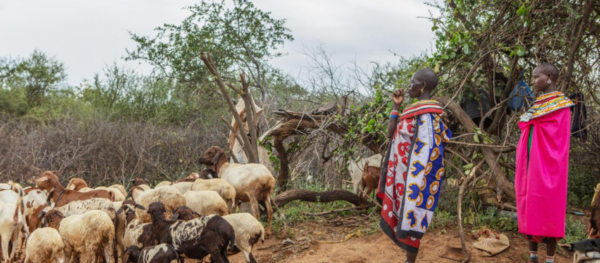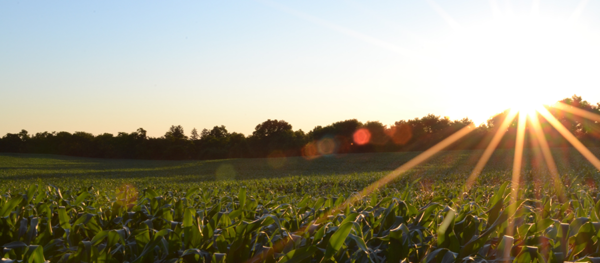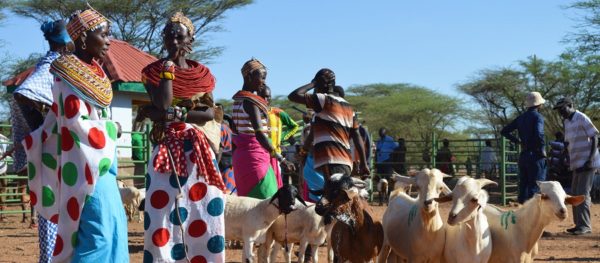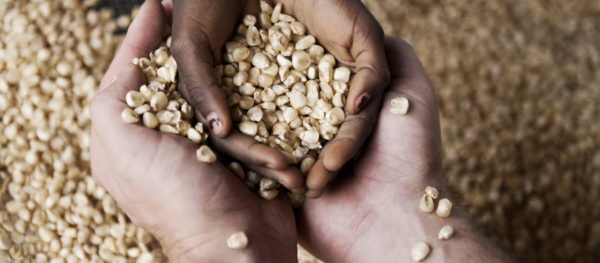Tag: insurance

Moving Small-scale Farmers Up the Ladder of Protection and Possibility
: How the Resilience+ framework can help smallholder farmers flourish through better risk management.
Read MoreParametric Insurance: An Important Tool for Climate Change Adaptation
Global: Parametric insurance policies can help farmers adapt to – and thrive in – a changing climate.
Read MorePastoralists are Defying Kenya’s Droughts with the Help of Big Data
: Satellite imagery, SMS weather services and livestock insurance are making herders more resilient in the face of climate change.
Read MoreA New Approach to Building Climate Resilient Supply Chains
Global: Introducing the WINnERS project, a new initiative developing weather-index based risk services based at Imperial College London.
Read More



